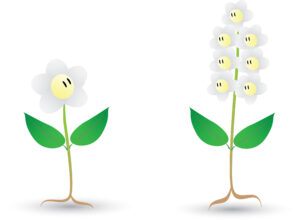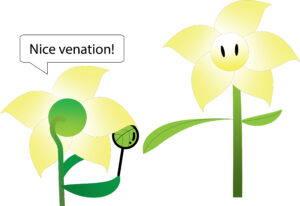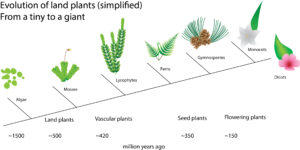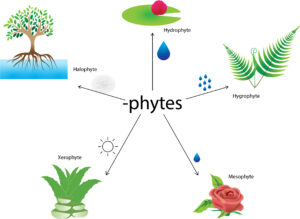
A flower or an inflorescence?
A flower is the reproductive organ of flowering plants. After successful pollination via self- or cross-pollination aided by pollinators, the flower turns into fruits or seed pods. However, the “flowers” are not always called flowers, sometimes they are referred to as inflorescence. What are the differences and relationships between a flower and an inflorescence? A flower, known as bloom or blossom is the seed-bearing part of a plant that consists of reproductive organs like stamens […]
Read More
Not only used for photosynthesis – the roles of leaf in species identification
A great appreciation goes to the famous Swedish naturalist Carolus Linnaeus who launched the binomial nomenclature system (International Code for Botanical Nomenclature), which is still applicable nowadays. How to identify the species based on morphological traits? A plant is easily identified through its flower or fruits because either the color or the structure of the organs are distinguished. However, not all plants have flowers and some flowering plants are seasonal and may have very short […]
Read More
Simplified plant evolution – From a tiny to a giant
The yellow meranti, a flowing plant in Southeast Asia reaches a height of 331 feet easily. The giant sequoia tree, a conifer species in California stands 314 feet tall and is over 36 feet in diameter at the base. The tallest tree, named Hyperion, a redwood species in California is 380 feet tall. How could a tree grow this huge? About 500 million years ago when the first land plants start to emerge, plants were as […]
Read More
Keep “phyte”ing! – from known to unknown
Other than its position in the phylogenetic tree, each plant is also defined by it’s “place of birth”. As time is the magician, while location is the three-dimensional space that carries its own secret codes such as humidity, light intensity, temperatures, and soil composition et al. From algae-like plants to higher flowering plants, from aquatic environments to terrestrial environments, from knowns to unknowns. Plants grow in most areas of the earth including some really harsh […]
Read More